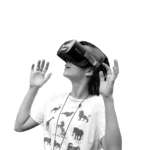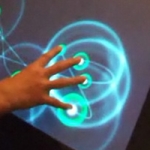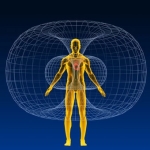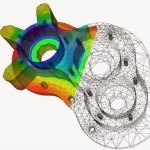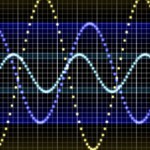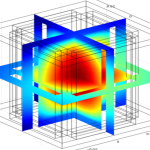Electromyogram records skeletal muscle activity. These signals have been successfully analyzed to study biomechanics of human movement. EMG studies could detect medical abnormalities, activation level and fitness of the body. EMG signals taken from leg muscles could point out any illness in the region, like tumors or osteoarthritis etc.
Scope:
- Detecting any abnormality at the early stages
- Measuring and monitoring the possibility towards the ailment
In our research, Surface EMG(sEMG) signals areacquired from iMedilogger device, (a 4-Channel sEMG acquisition system developed by itie knowledge Solutions) from wide range of subjects; knee muscle activity is recorded and processed. The resulting sEMG is the sum of the action potentials generated by the motor units. The sEMG signal represents the characteristics of muscle function and provides information about muscle activities, which reflects muscular strength level, muscular activation patterns. The work focuses ons EMG signal analysis, feature extraction and generalizing the parameters that could lead to the abnormality. The analysis of the sEMG signals provides diagnostic information and can be used as an aid for choosing the most appropriate method of treatment for muscle dysfunction. Muscle function can be detected by sEMG signals, which will characterize the severity of KOA disease.

(Image Courtsey:http://www.amputation.research.va.gov/Prosthetic_Engineering/Prosthetic_Knee-Ankle-Foot_System.asp)

